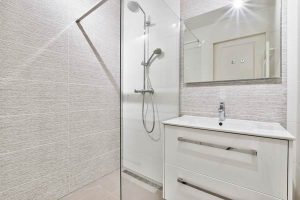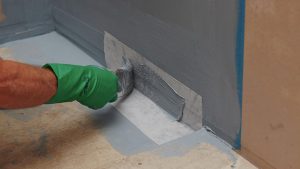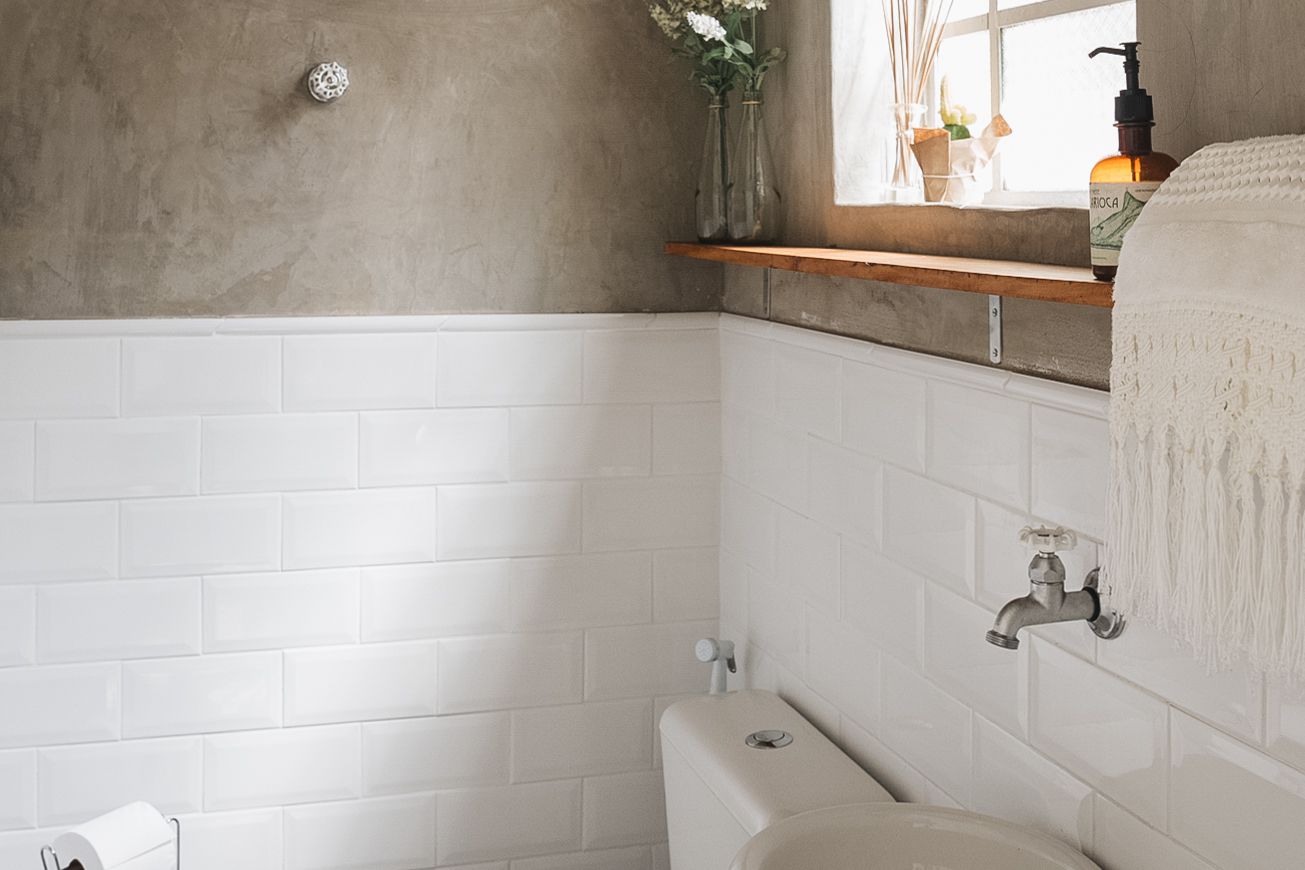What is the Cheapest Way to Waterproof a Bathroom?
When it comes to bathroom renovations, ensuring that your space is waterproof is crucial. Water damage can lead to costly repairs and even health hazards if mold and mildew develop. But you don’t have to break the bank to waterproof your bathroom. In this article, we’ll explore some of the most cost-effective ways to protect your bathroom from water damage. What is the cheapest way to waterproof a bathroom?
1. Use Waterproof Paint
One of the most budget-friendly ways to waterproof your bathroom is by using waterproof paint. This type of paint is specially formulated to resist moisture, making it an excellent option for bathroom walls and ceilings. It creates a water-resistant barrier that helps prevent water from seeping through the walls and causing damage.
Waterproof paint is easy to apply, and it’s an ideal choice if you’re on a tight budget. However, keep in mind that it’s best used in combination with other waterproofing methods for maximum protection.

How to Use Waterproof Paint:
1. Clean and prepare the surface by removing any existing paint, dirt, or mildew.
2. Apply a primer designed for the type of surface you’re painting.
3. Use a high-quality waterproof paint and apply at least two coats for better coverage.
4. Allow the paint to dry thoroughly before using the bathroom.
2. Seal Grout and Tiles
Another economical way to waterproof your bathroom is by sealing the grout and tiles. Grout is a porous material, and water can penetrate it over time, leading to damage and mold growth. Sealing the grout lines and tiles will create a barrier that prevents water from seeping in.
You can find grout sealers in most hardware stores, and they are relatively easy to apply. Regularly resealing the grout and tiles is recommended to maintain their waterproofing effectiveness.
How to Seal Grout and Tiles:
1. Clean the grout and tiles thoroughly to remove any dirt and grime.
2. Allow the surfaces to dry completely before applying the sealer.
3. Using a small brush or roller, apply the grout sealer evenly over the grout lines and tiles.
4. Wipe off any excess sealer from the tiles before it dries.
3. Install a Shower Curtain or Splash Guard
If you’re looking for an affordable solution to keep water from splashing onto your bathroom floor, consider installing a shower curtain or a splash guard. These simple additions can help prevent water from spreading beyond the shower or bathtub area.
Shower curtains come in various styles and can be an attractive and cost-effective way to enhance your bathroom’s decor. Splash guards are usually made of clear plastic or glass and can be installed to create a barrier between the shower and the rest of the bathroom.

How to Install a Shower Curtain or Splash Guard:
1. Choose a shower curtain or splash guard that fits your bathroom’s design and dimensions.
2. Follow the manufacturer’s instructions for installation, whether it involves a curtain rod or attaching the splash guard to the wall.
3. Ensure that the curtain or splash guard effectively contains water during showers.
4. Caulk Around Fixtures and Joints
Leaky fixtures and joints can be a significant source of water damage in a bathroom. The good news is that you can prevent this by applying caulk around fixtures like faucets, showerheads, and the base of the toilet. Caulking creates a waterproof seal that prevents water from seeping into the gaps.
Caulk is an inexpensive product, and the application process is straightforward, making it a budget-friendly option for bathroom waterproofing.
How to Caulk Around Fixtures and Joints:
1. Clean and dry the area around the fixture or joint you plan to caulk.
2. Cut the tip of the caulk tube at a 45-degree angle and load it into a caulking gun.
3. Apply a continuous bead of caulk around the fixture or joint. Find out more here.
4. Use a wet finger or a caulk smoothing tool to create a neat, even seal.
5. Waterproof Flooring
Bathroom floors are highly susceptible to water damage, so it’s essential to choose a waterproof flooring option. While some waterproof flooring materials can be costly, there are budget-friendly choices like vinyl and linoleum that offer excellent water resistance.
These materials come in various styles, colors, and patterns, allowing you to achieve the look you desire without overspending. Additionally, they are relatively easy to install, making them an attractive option for DIY enthusiasts.
How to Install Waterproof Flooring:
1. Prepare the subfloor by ensuring it’s clean and level.
2. Follow the manufacturer’s instructions for laying the waterproof flooring material, whether it’s adhesive vinyl planks or linoleum sheets.
3. Pay attention to the seams and edges to ensure a watertight installation.
Conclusion
Waterproofing your bathroom doesn’t have to be a costly endeavor. By utilizing these cost-effective methods and materials, you can protect your bathroom from water damage while staying within your budget. Whether you choose to use waterproof paint, seal grout and tiles, install shower curtains or splash guards, caulk around fixtures and joints, or opt for waterproof flooring, these budget-friendly solutions will help you maintain a dry and secure bathroom.

